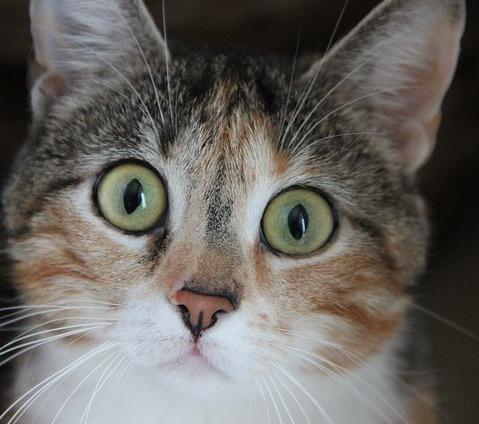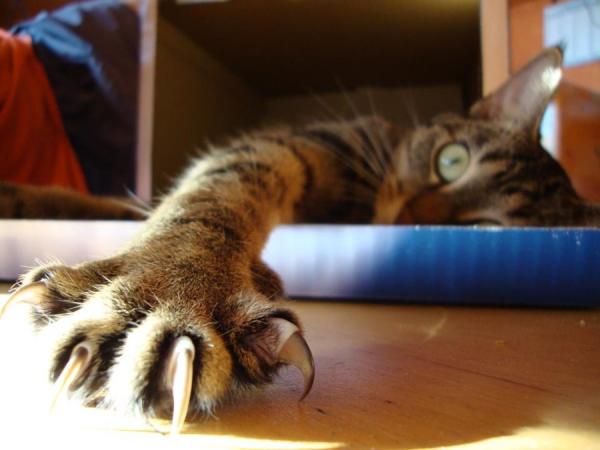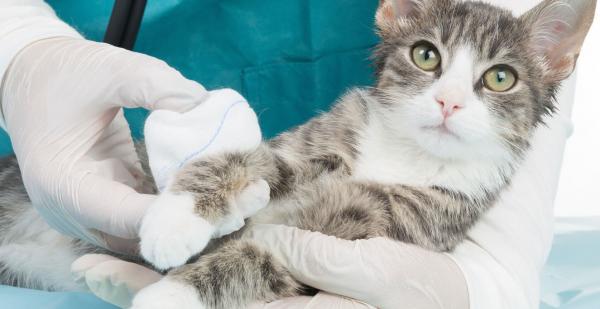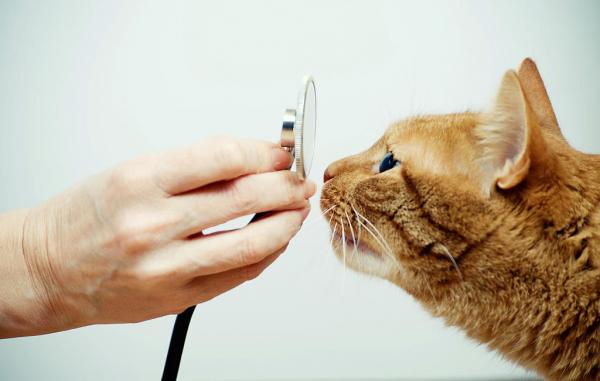Wounds in cats – First aid

Cats have a very wild essence and love to do activities that require a certain risk, even in the house. And although they are very intelligent and cautious, it is very common that accidents tend to occur that cause them certain injuries.
A good human companion should know that this type of event can happen, so you must be informed and have all the necessary knowledge, in first aid, to heal wounds or prevent them from getting worse before running to the vet.
The good news is that most of them can be treated directly at home. Below in this article, we present a list of wounds in cats, the most common and their corresponding first aid.
Broken and torn nails
The nails of the cats are very important, it is one of the features that most identify them and that make them play, hunt, climb, mark territory and even walk. A torn or broken nail is considered an injury that must be treated and cured.
It is an injury that at first sight can attract attention because, depending on its depth, it can cause Exit of little or much blood. If you notice that your cat is limping, leaving drops of blood when passing, chewing on its leg or licking too much, it is because it has a broken or torn nail. The nails of the cats are very delicate and have many nerves, so any discomfort or injury, the feline can react electrically or even aggressively, at the time of treatment.
If it is allowed to heal, you should do the following:
- Stop the blood flow.
- Dilute peroxide or betadine solution, clean the wound and then remove all traces of the chemical from your pet’s leg.
- Apply baking soda, astringent powder or flour to seal the area
- If necessary, place a bandage for 12 hours.

Insect bites and bites
Although it may not look like it, insects can also bite other animals, especially cats. And as in humans, this can cause them a lot of discomfort. If your cat is bitten by an insect such as a bee or wasp, first aid is based, first on:
- Search, patiently, the sting and then remove it.
- Apply a cold compress on the area that is inflamed to reduce swelling.
- Observe its behavior and progression to see if it is not too decayed, its inflammation increases instead of stopping, or presents respiratory problems as an indication of an allergic reaction that deserves to be taken to the veterinarian.
If everything is under control you can make a paste of oats, flour and water, and apply it to relieve itching. You can also use milk magnesia or aloe vera.

Animal bites or puncture wounds
Fights between dogs and cats are common, but cat fights with cats are even more popular. In these fights, some cats, go out with strong and harmful bites which result in perforations in the skin of the animal. The same happens if they are pierced with some glass in the ground or if they fall by accident on something sharp.
In these cases the most important thing is to check the entire body of the cat to find the wounds, because if they do not identify in time, they can form annoying abscesses or be perfect accommodations for all kinds of bacteria. When coming up with the area in question, the first aid protocol will be:
- Clean the area thoroughly
- Apply ointment or antibiotic cream and check continuously to see if it shows signs of infection such as redness, swelling, increased pain, discharge in the wound and even difficulty moving the injured area.
- Deep wounds may require sutures and oral antibiotics, for these cases, do not try to do it at home and go to the specialist.

General first aid
To make you feel even more prepared in case of an accident, we give you a list of general recommendations, depending on the case. Write this on a sheet and stick it in your refrigerator as if it were the grocery shopping list and keep it in plain sight.
- In case of scandalous blood, it cuts off the hemorrhage by compressing the wound. Do not practice a tourniquet unless it is a serious injury, which must be placed between the wound and the heart, releasing it 10 home maximum minutes.
- Before disinfecting wounds, cut the hairs around, so they do not touch and stick to it.
- Keep an Elizabethan collar or booster at home, in case you have to put it on because your pet does not stop licking or moderating the wound.
- If the injury has been near the eyes or other sensitive organs, do not do much, just cover the wound and run to the vet.

This article is merely informative, in .com we do not have the faculty to prescribe veterinary treatments or make any kind of diagnosis. We invite you to take your pet to the veterinarian in case of any type of condition or discomfort.
If you want to read more articles similar to Wounds in cats – First aid, we recommend that you enter in our First Aid section.


